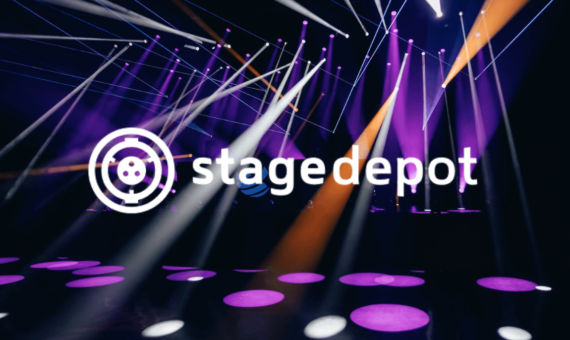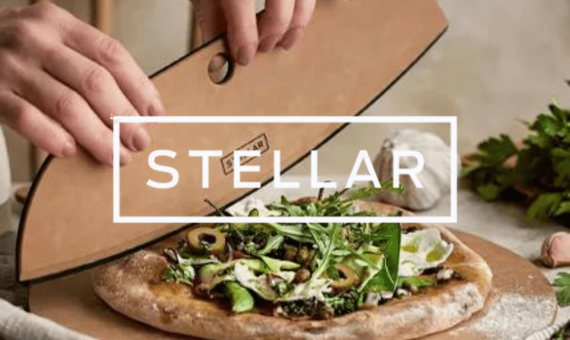WHY GOOGLE SHOPPING?
The reason is simple: these ads provide the highest returns for your budget. It’s also incredibly easy to attribute actual revenue to specific areas of spend, so you can scale and grow your Shopping campaigns.
In addition, Google Shopping is continuously evolving. In an effort to compete with Amazon’s online transactional dominance, Google is making constant enhancements to its Shopping platform so it works even better for advertisers.
It’s flexible. When it comes to shopping campaigns, we can work with you in a number of ways. You can choose to set us budget and revenue targets. Alternatively, we can work towards a return on spend target to ensure your profit margins are looked after. During the setup process, we help to define your objectives and build the best strategy for your business.




